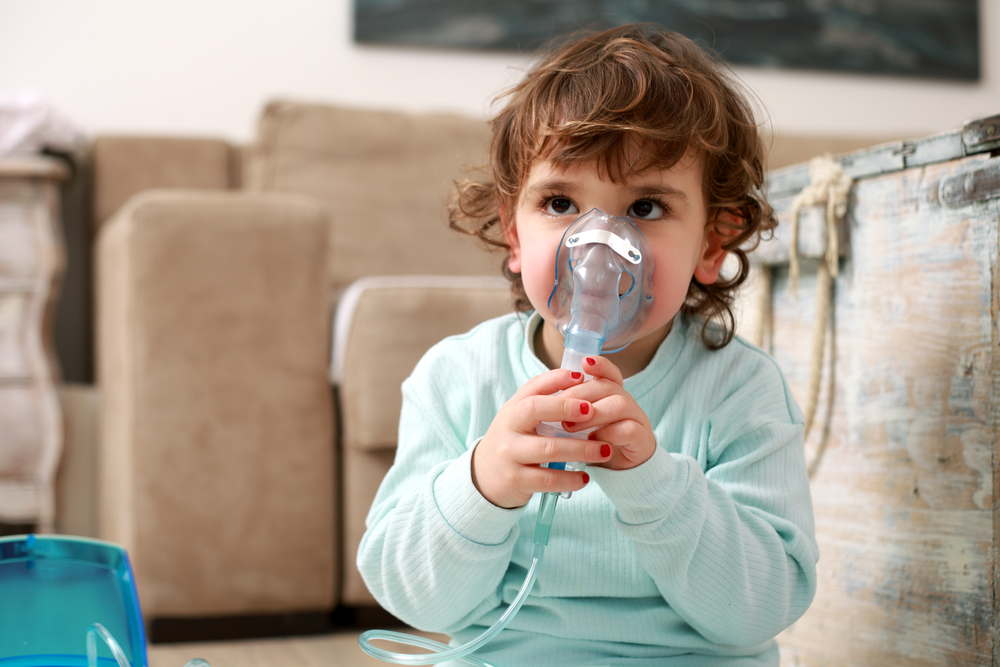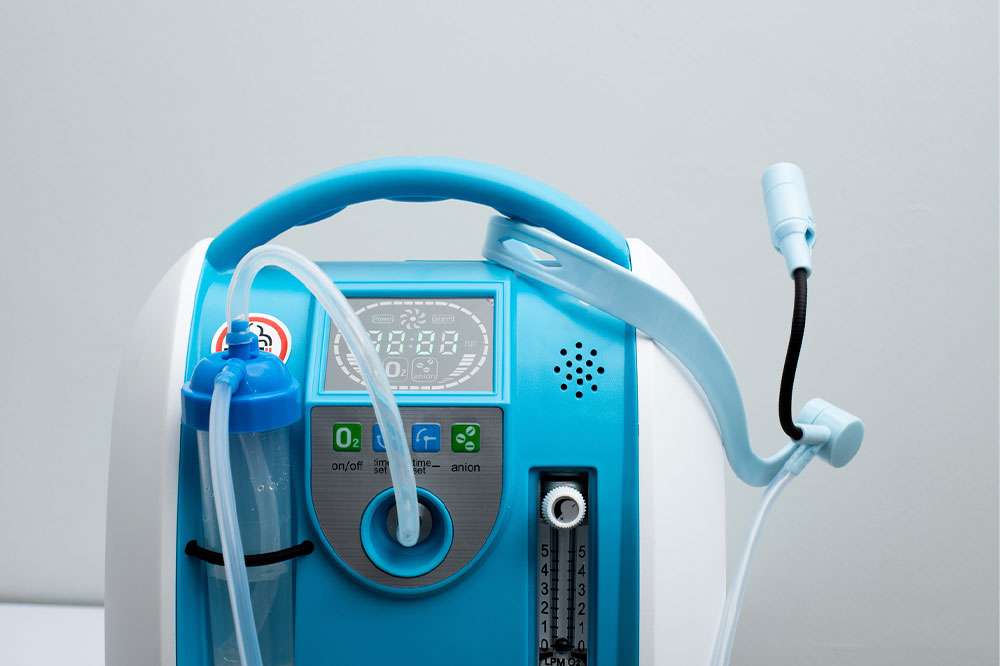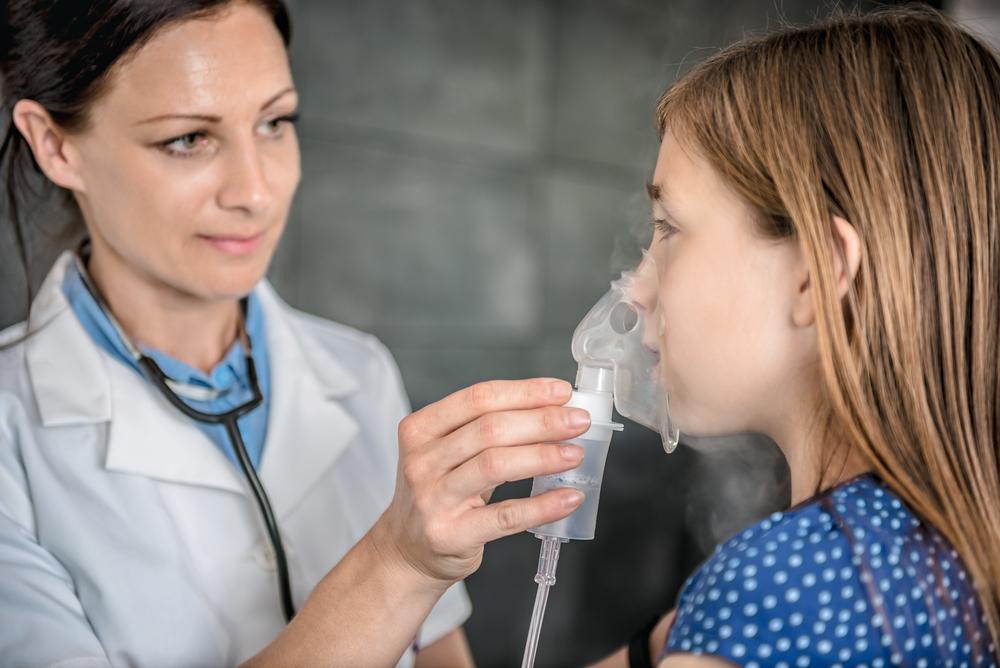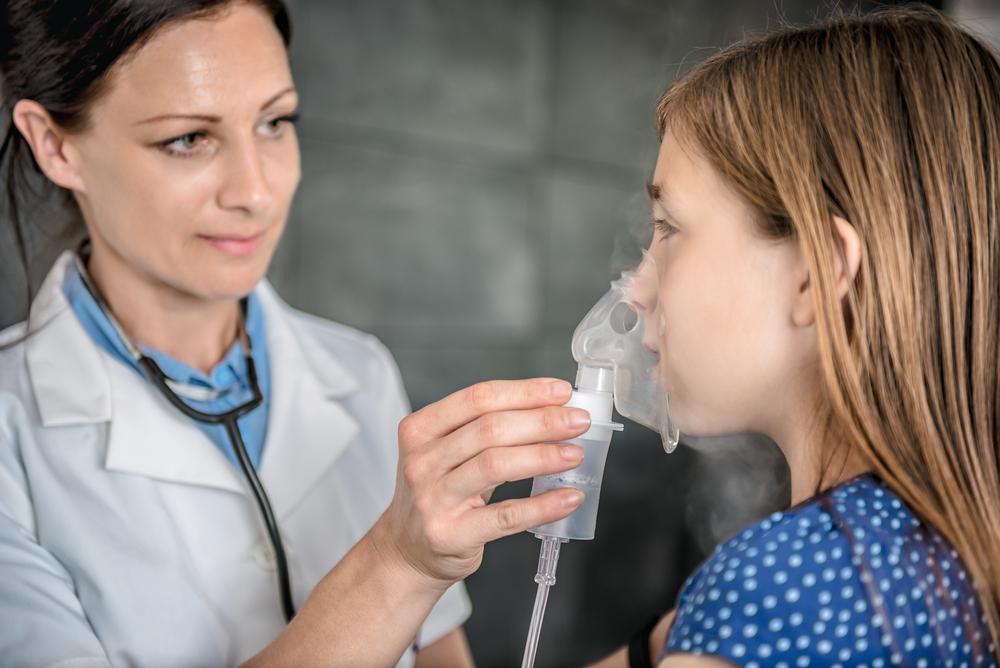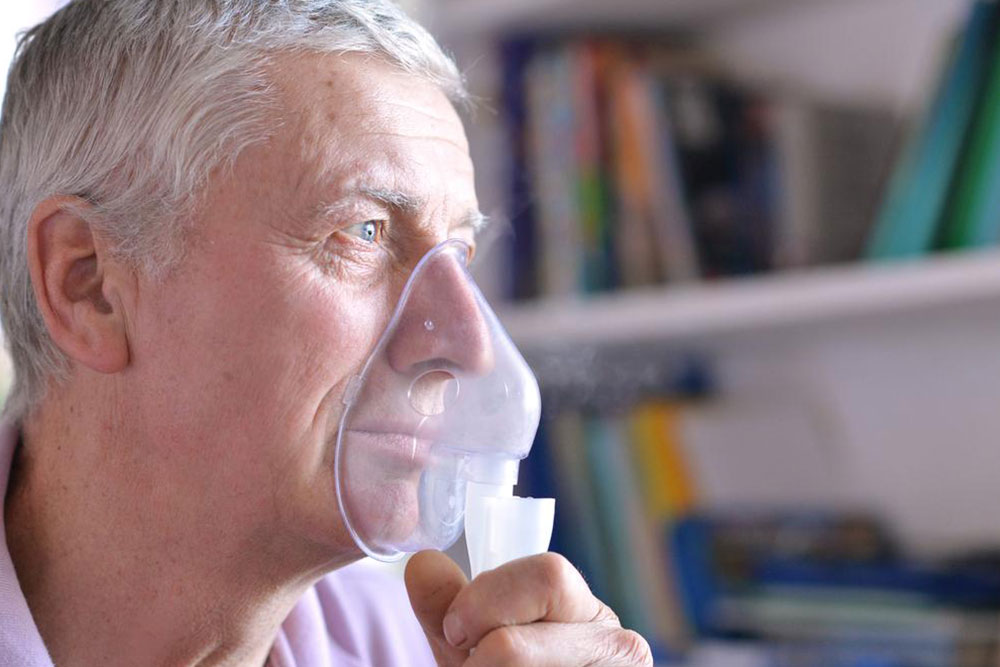Essential Insights into Portable Oxygen Concentrators
This article offers a comprehensive overview of portable oxygen concentrators, including their functions, types, travel regulations, and selection tips. Designed for patients with breathing issues, these lightweight devices improve mobility and quality of life. Learn how they work, the differences between pulse and continuous flow models, and tips for choosing the best device while traveling or at home. Essential for respiratory health management, portable oxygen concentrators are a vital resource for millions needing portable oxygen solutions.

Understanding Portable Oxygen Concentrator Devices
A portable oxygen concentrator is a compact device designed to deliver oxygen to individuals with breathing difficulties. It assists patients who struggle to breathe normally due to age or various health conditions.
Powered by batteries, these systems are easy to carry wherever you go. Many models feature adapters that enable continuous oxygen supply while traveling or driving. Compared to bulky oxygen tanks, portable concentrators offer greater convenience and mobility.
Here are common questions about these vital medical devices:
Why do people need portable oxygen concentrators?
Over 30 million Americans face respiratory issues that hinder natural oxygen intake, highlighting the crucial need for clean oxygen sources.
More than a million rely on treatments involving purified oxygen to improve breathing.
Portable concentrators ensure consistent access to clean oxygen, helping users breathe comfortably at all times.
How do portable oxygen concentrators operate?
They filter ambient air, making it easier for users to breathe.
Since air mostly contains nitrogen and about 20% oxygen, concentrators extract and concentrate the oxygen to nearly 95% purity.
These devices solely deliver oxygen to the user, not air.
What are the types of portable oxygen concentrators available?
Pulse Dose Systems: These units deliver oxygen in bursts or pulses, providing between 450 to 1250 mL per minute, suitable for those needing up to 2 LPM of oxygen. They are lightweight, portable, and can operate on batteries, AC, or DC power.
Continuous Flow Systems: These devices supply a steady flow of oxygen, up to 3 LPM. They are less portable, often designed with trolley carts for easier movement, and are better suited for users needing continuous oxygen therapy.
Can portable oxygen concentrators be taken on airplanes?
The FAA permits oxygen-dependent passengers to bring portable concentrators on US flights with over 19 seats.
Only FAA-approved models are allowed onboard.
Airlines servicing US routes will facilitate patient travel with approved devices.
How to select the right portable oxygen concentrator?
Consult your healthcare provider for guidance tailored to your needs.
Ask about which model will offer long-term benefits.
Review your insurance coverage, as costs can be significant.
Account for potential maintenance expenses, as device longevity varies.
Conduct thorough research to make an informed decision.
Note:
The information on this blog covers various topics to provide helpful insights. While based on research, it should not replace professional medical advice. The site is not responsible for inaccuracies or external offers that may benefit readers more than the content provided.

